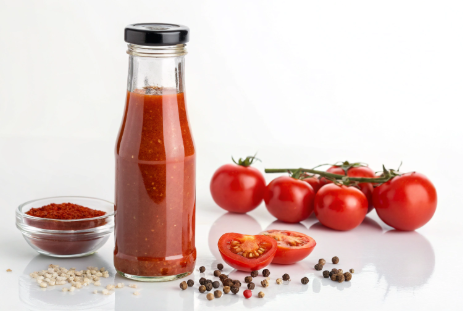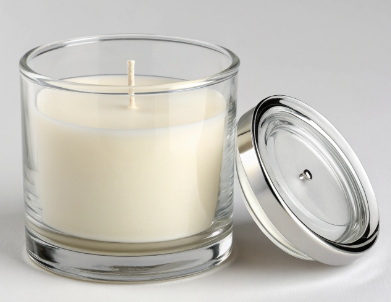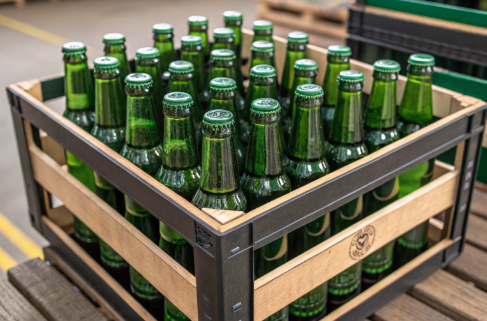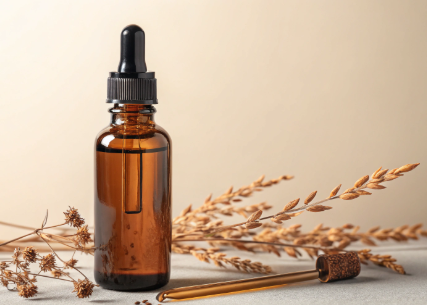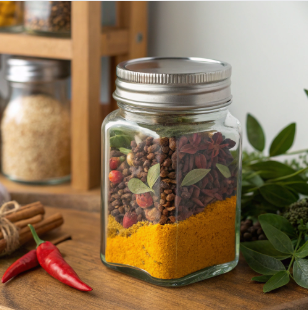Introduction
Sterilization ofglass bottlesand jars is a critical process for brands and manufacturers in the food, beverage, cosmetics, and pharmaceutical industries. For B2B buyers, procurement managers, and private label owners, ensuring the sterility of glass containers is not only a regulatory necessity but also a key factor in product quality, shelf life, and consumer safety. In an era of heightened health awareness, global trade, and strict compliance standards, mastering the science and best practices of glass packaging sterilization is essential for business success.
This comprehensive 2025 guide is designed for business buyers, contract manufacturers, and private label brands. Drawing on industry best practices, regulatory updates, and technological innovation, we’ll explore why sterilization matters, the most effective methods for different glass containers, traditional and modern sterilization technologies, quality assurance, troubleshooting, and supplier recommendations—including PauPack Bottles, a leading B2B packaging partner. The structure and approach are informed by leading resources in the industry and tailored for B2B readers seeking actionable, up-to-date, and in-depth information.

Why Sterilize Glass Bottles and Jars?
Sterilization is the process of eliminating all forms of microbial life—including bacteria, molds, yeasts, and spores—from glass containers. For B2B buyers, the reasons for sterilizingglass bottlesand jars are multifaceted:
-
Regulatory Compliance: Global food safety and pharmaceutical standards (FDA, EU, ISO, HACCP) require sterilized packaging to prevent contamination and ensure consumer safety.
-
Product Quality: Sterile packaging preserves product freshness, flavor, potency, and extends shelf life.
-
Brand Reputation: Recalls and contamination incidents can severely damage a brand’s image and lead to legal liabilities.
-
Export/Import Requirements: Many countries mandate proof of sterilization for imported goods, especially in food and pharma sectors.
-
Process Efficiency: Proper sterilization reduces spoilage and waste, improving operational efficiency and profitability.
Sterilization is not just a technical requirement—it’s a foundation for trust between manufacturers, distributors, and end consumers.
Sterilization Methods for Different Types of Glass Containers
Not all glass containers are created equal, and the right sterilization method depends on the type, intended use, and production scale:
-
Soda-lime glass: Standard for food and beverage jars and bottles. Tolerates high temperatures but can be sensitive to thermal shock.
-
Borosilicate glass: Used for pharmaceuticals, laboratory vials, and high-temperature applications. Superior thermal and chemical resistance.
-
Specialty glass: Includes colored, frosted, or decorated containers—may require gentler sterilization to preserve appearance.
For closures (caps, lids, liners), compatibility with heat, steam, or chemicals must be verified to avoid deformation or loss of integrity.
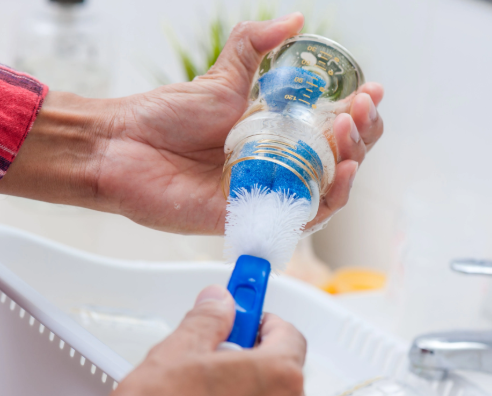
Traditional Sterilization Techniques Explained
A. Hot Water Boiling (Pasteurization)
Best for: Food and beverage jars, artisanal brands, small to medium batches
Process:
-
Clean bottles and jars with detergent and rinse thoroughly.
-
Submerge containers in a large industrial kettle or retort filled with water.
-
Bring water to a rolling boil (100°C/212°F) and maintain for 10–15 minutes.
-
Remove with sterilized tongs and place on a clean rack to air dry.
Advantages:
-
Simple, effective, and chemical-free
-
Suitable for most food-grade glass
Limitations:
-
Not suitable for heat-sensitive closures
-
Labor-intensive for large volumes
B. Dry Heat Sterilization
Best for: Laboratory glassware, pharmaceutical vials, high-temperature-resistant containers
Process:
-
Place bottles and jars in a dry heat oven.
-
Heat at 160–180°C (320–356°F) for 1–2 hours.
-
Cool before handling.
Advantages:
-
No water or chemicals needed
-
Suitable for glass that can withstand high temperatures
Limitations:
-
Not suitable for plastic closures or liners
-
Energy-intensive
C. Chemical Sterilization (Peracetic Acid, Hydrogen Peroxide)
Best for: Heat-sensitive glass, closures, and rapid turnaround
Process:
-
Rinse bottles and jars with a validated chemical sterilant (e.g., peracetic acid).
-
Allow contact for the required time (typically 10–30 minutes).
-
Rinse thoroughly with sterile water and air dry.
Advantages:
-
Effective at lower temperatures
-
Suitable for closures and liners
Limitations:
-
Requires precise handling and chemical disposal
-
Regulatory approval needed for food contact
Modern, High-Efficiency Sterilization Technologies
A. Steam Sterilization (Autoclaving)
Best for: Pharmaceuticals, cosmetics, medical packaging, large-scale food operations
Process:
-
Load cleaned bottles and jars into an autoclave.
-
Expose to saturated steam at 121°C (250°F) and 15 psi for 15–30 minutes.
-
Allow to cool before removing.
Advantages:
-
Kills all microorganisms, including spores
-
Fast, scalable, and highly effective
Limitations:
-
Requires specialized equipment
-
Not suitable for all closure types
B. UV-C Light Sterilization
Best for: Supplementary sterilization, surface decontamination, packaging lines
Process:
-
Pass bottles and jars through a UV-C tunnel system.
-
Expose to UV-C light (254 nm) for a set period (seconds to minutes).
Advantages:
-
Fast, chemical-free, and energy-efficient
-
Suitable for continuous production lines
Limitations:
-
Only effective for exposed surfaces
-
Not a substitute for full sterilization in high-risk products
C. Ozone Sterilization
Best for: Sensitive products, eco-friendly operations
Process:
-
Expose bottles and jars to controlled ozone gas in a sealed chamber.
-
Ozone breaks down into oxygen, leaving no residue.
Advantages:
-
No water or chemicals required
-
Effective against bacteria, viruses, and spores
Limitations:
-
Requires specialized equipment and safety protocols
-
May not be suitable for all closure materials
D. Microwave Sterilization
Best for: Small-scale, high-value products
Process:
-
Use industrial microwave equipment to rapidly heat and sterilize glass containers.
-
Often combined with moist heat for better efficacy.
Advantages:
-
Rapid processing
-
Energy-efficient for small batches
Limitations:
-
Not suitable for metal closures or certain glass types
-
Uneven heating if not properly calibrated
-
Step-by-Step Industrial Sterilization Workflow
A. Pre-cleaning
-
Inspect glass containers for chips, cracks, or defects.
-
Wash with food-grade detergent and hot water to remove dust, oils, and residues.
-
Rinse thoroughly to eliminate detergent traces.
B. Sterilization
-
Choose the appropriate method (boiling, steam, dry heat, chemical, UV-C, ozone, microwave).
-
Follow validated time, temperature, and process controls.
-
Ensure closures are sterilized separately or together if compatible.
C. Handling and Storage
-
Use sterilized gloves and tools to handle containers post-sterilization.
-
Place on clean, sanitized racks or trays.
-
If not filled immediately, cover or store in a sterile environment to prevent recontamination.
D. Filling and Sealing
-
Fill bottles and jars with product while still hot (for hot-fill processes) or in a cleanroom environment.
-
Seal immediately with sterilized closures.
E. Quality Assurance
-
Conduct periodic microbiological testing of sterilized containers.
-
Maintain batch records, sterilization logs, and compliance certificates for audits.
Quality Assurance, Compliance, and Documentation
For B2B buyers, documentation and traceability are as important as the sterilization process itself. Best practices include:
-
Keeping detailed sterilization logs (date, method, parameters, operator)
-
Batch tracking for every lot of bottles/jars
-
Microbiological testing and validation reports
-
Certificates of compliance (FDA, ISO, EU, SGS)
-
Supplier audit reports and SOPs
Leading manufacturers provide digital records and traceability systems, supporting audits and regulatory inspections.
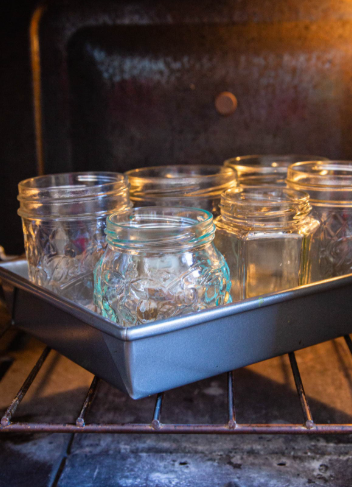
Troubleshooting and Common Issues
A. Cloudy or Streaked Glass
-
Cause: Incomplete rinsing, hard water, or detergent residue.
-
Solution: Use distilled water for final rinse and ensure thorough washing.
B. Breakage During Sterilization
-
Cause: Rapid temperature changes or pre-existing microcracks.
-
Solution: Gradually heat and cool containers; inspect for defects before processing.
C. Recontamination After Sterilization
-
Cause: Poor handling, unsterile tools, or storage in contaminated areas.
-
Solution: Use sterilized gloves, tools, and sealed storage; minimize handling.
D. Closure Compatibility Problems
-
Cause: Lids or seals deform or lose integrity under heat.
-
Solution: Choose closures rated for your sterilization method; test before full-scale production.
E. Inconsistent Sterilization Results
-
Cause: Overloaded equipment, uneven heating, or process errors.
-
Solution: Follow equipment capacity guidelines; calibrate and validate processes regularly.
How to Choose a Reliable Glass Packaging Supplier
Sourcing pre-sterilized, high-quality glass containers streamlines your production and reduces risk. Key criteria for B2B buyers include:
-
Proven sterilization protocols and documentation
-
ISO, FDA, SGS, and food/pharma-grade certifications
-
Customization options (shapes, closures, branding)
-
Flexible MOQ and fast sampling
-
Global export and logistics support
-
Responsive after-sales service
PauPack Bottles: Your Trusted B2B Partner
PauPack Bottles is a leading OEM/ODM partner for global brands in food, beverage, cosmetics, and pharmaceuticals. Our strengths include:
-
Over 30,000 ready-made molds for rapid customization
-
Pre-sterilizedglass bottlesand jars, certified to ISO, FDA, and SGS standards
-
Full-spectrum branding support: logo printing, color matching, custom shapes
-
Flexible MOQ, fast sampling, and global export capabilities
-
Sustainable manufacturing: recycled glass, energy-efficient processes, eco-friendly packaging
-
Dedicated B2B service team for procurement managers and sourcing leads
We help clients turn compliance and quality into a competitive advantage. Our global logistics network ensures timely, secure shipments to North America, Europe, Australia, and beyond.
Learn more about our custom glass packaging solutions:https://paupacking.com/custom-eco-friendly-packaging
FAQs
Q1: What is the best sterilization method for large-scale food packaging?
A: Steam sterilization (autoclaving) is most effective for large-scale food and beverage applications, offering high throughput and reliable microbial kill.
Q2: Can I reuse glass bottles and jars after sterilization?
A: Yes, provided they are undamaged and properly cleaned. Repeated sterilization is common in sustainable packaging programs.
Q3: How do I ensure closures are also sterile?
A: Use closures rated for your sterilization process, or sterilize separately (e.g., by boiling or chemical rinse).
Q4: What documentation should I request from my supplier?
A: Ask for sterilization protocols, batch records, and compliance certificates (ISO, FDA, SGS).
Q5: How do I prevent breakage during sterilization?
A: Avoid sudden temperature changes and inspect for chips or cracks before processing.
Q6: Does PauPack Bottles offer pre-sterilized glass packaging?
A: Yes. PauPack provides pre-sterilized, food-gradeglass bottlesand jars with full documentation for B2B buyers.
-
Conclusion
Sterilizingglass bottlesand jars is a critical step in ensuring product safety, regulatory compliance, and market success—especially for B2B buyers in food, beverage, cosmetics, and pharmaceuticals. By following best practices, choosing the right sterilization method, and partnering with expert suppliers like PauPack Bottles, you can streamline your supply chain, reduce risk, and deliver products that inspire consumer trust.
Summary Table: Sterilization Methods for Glass Bottles and Jars
| Method | Best For | Key Steps | Pros | Cons |
|---|---|---|---|---|
| Hot Water Boiling | Food, beverage, small batches | Boil at 100°C for 10–15 min | Simple, effective, chemical-free | Labor-intensive, not for all closures |
| Steam Autoclaving | Pharma, cosmetics, large-scale | Steam at 121°C, 15 psi, 15–30 min | Fast, scalable, kills all microbes | Needs equipment, not all closures |
| Dry Heat | Labware, pharma, high-temp glass | Oven at 160–180°C for 1–2 hours | No water/chemicals, high efficacy | High energy, not for plastic closures |
| Chemical Rinse | Heat-sensitive glass/closures | Rinse with peracetic acid/hydrogen peroxide, rinse, dry | Low temp, closure-compatible | Chemical handling, regulatory limits |
| UV-C Light | Surface decontamination | Expose to UV-C tunnel for seconds-minutes | Fast, energy-efficient, no chemicals | Surface only, not full sterilization |
| Ozone | Sensitive, eco-friendly ops | Expose to ozone gas in sealed chamber | No residue, eco-friendly | Needs special equipment, closure limits |
| Microwave | Small, high-value batches | Microwave with moist heat | Rapid, energy-efficient | Not for metal, uneven heating risk |





